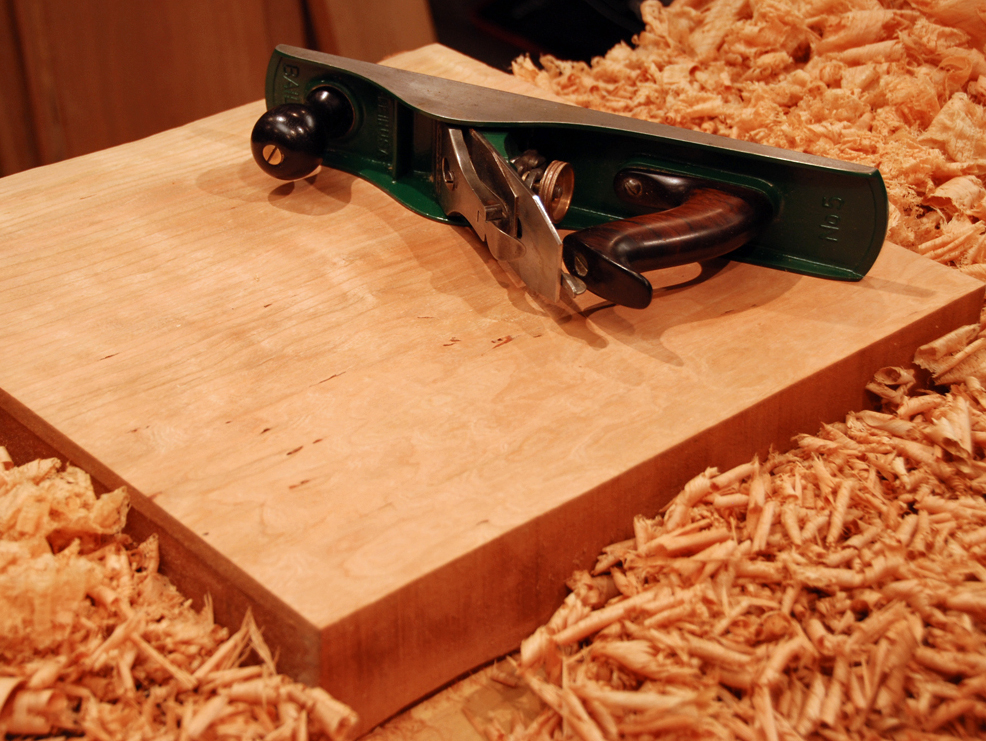Hi All,I have more than one plane to restore, and some of them need the bed cleaned up and either Japanned or painted. I know some use specific engine spray paint, and others use actual Japanning. My planes are not collectors grade, and are intended to be users, so restoring them will not hurt the value. I do like the idea of restoring them to nearly original condition as much as possible, which is why the Japanning.
The "Old Pontypools" variety of Japanning appeals, because there is no baking of the plane. (I didn't look up the spelling on the brand of Japanning so it may not be spelled correctly.)
I have two questions:
1. What is the easiest way to clean off the old Japanning that is still on the plane?
2. Which would you use, Japanning or engine spray paint, and why?
Your thoughts, opinions, and advise are appreciated.
Thanks and regards,
Stew




 Reply With Quote
Reply With Quote





